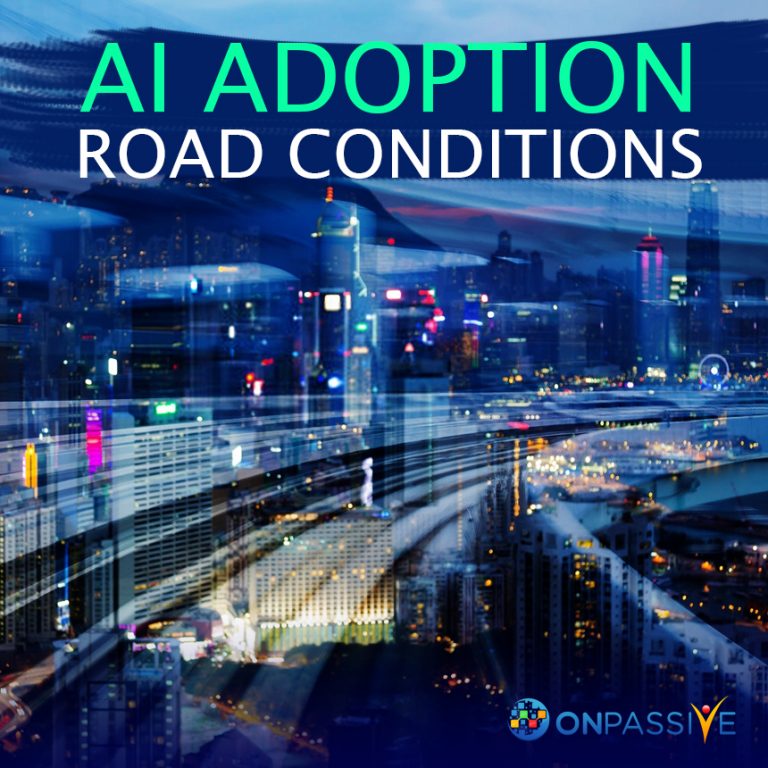
There’s so much that can occur within a year; it appears that the speed of AI technology adoption has accelerated even more. A survey was held to determine the level of momentum behind AI adoption, and it found out that not only was AI technology being adopted at a tremendous rate, but respondents were supporting their Artificial Intelligence efforts with increasingly sophisticated infrastructure and processes.
Things are being discovered more speedily than many may have foretold – if technology and business leaders were taking a careful, wait-and-watch strategy previously, today they’re all in. AI technology is the fastest-growing workload inside the data center. This is a piece of great news. AI technology has made tremendous strides in a short period and is prepared for wider AI adoption. But as businesses speed up their AI and analytics efforts, they must take extra care, as any police officer can tell you, even the smallest potholes that can cause concerns for vehicles traveling at high speeds.
For instance, in AI technology, what seems to be a data or minor process concern can soon escalate into an issue with wider consequences. Just think AI and analytics as being more “road-aware.” Luckily, others’ experiences over the last year and before can operate as a beacon for your own AI adoption efforts. Among the consumers we’ve worked most closely with, the following concerns are some of those they have faced repeatedly.
Governance to support growth
While not a new concern, governance has appeared as a principal focal point for the businesses they’re operating with as they take their AI technology initiatives to the next level. The clients are more inclined towards AI adoption nowadays. So, model operations, governance, and the entire argument of scale all approach large over that expansion. As an outcome, we see AI adoption is closely associated with areas like model management tools and cloud data.
Traditional analytics abilities rely massively on the AI governance conversation, given the various fields of overlap between AI and analytics. The businesses that are efficiently increasing their AI technology abilities are usually the types of companies with many traditional analytics abilities in place. And those abilities must be enhanced and brought into the AI adoption era. That implies reviewing every AI and analytics model and discovering whether its underlying presumptions are true. For businesses that have been successfully using the same patterns for years, this may appear like overkill.
But AI technology presents new techniques, data infrastructures, and data types. Your analytics abilities must work within the same governance structure to ensure that these systems’ future growth unfolds smoothly.
AI as transformation accelerator
Technology leaders frequently proclaim that due to the large amount of hype surrounding AI adoption, their business counterparts often seem to want to adopt AI technology just for AI’s sake. These conversations frequently begin with “how can we be utilizing AI technology?” instead of “I have an untouched business opportunity or stubborn obstacle.” They’re viewing AI technology work somewhere else, and they want that, too.
Reframing these communications in the context of broader technology transformation or business goals can help. Because today it’s apparent that for several of our consumers, AI’s highest and best application is as a conversion accelerator. Preparing to overhaul your drive-through entirely? Rewiring your consumer service experience? Building a more responsive supply chain? These kinds of conversion hurdles have observed an evolving, increased reliance on AI technology to speed up and enhance the process. When it’s time to have the AI adoption conversation, a transformation may be the most useful starting point.
Cultural challenges to AI adoption still dominate
For numerous business leaders, AI and analytics’ rise is like an unwanted, sudden visit from the doctor. AI technology is powerful. It can also prove to be a real-time challenge to companies habituated with doing things a specific way. Possibly even more crucial, it tends to shine a bright spotlight on parts of the business that people have been satisfied to leave in the dark.
By now, it’s standard practice to recognize cultural issues like road traffic control systems as a potential challenge to AI adoption – or, really, any scenario in which people are expected to do things differently. But the last year has shown that culture plays an even more significant role in successful AI adoption, if anything. As your company grows its AI strategies, plan on taking extra caution to maintain the equation’s artistic side.



Sarajit
4 years ago